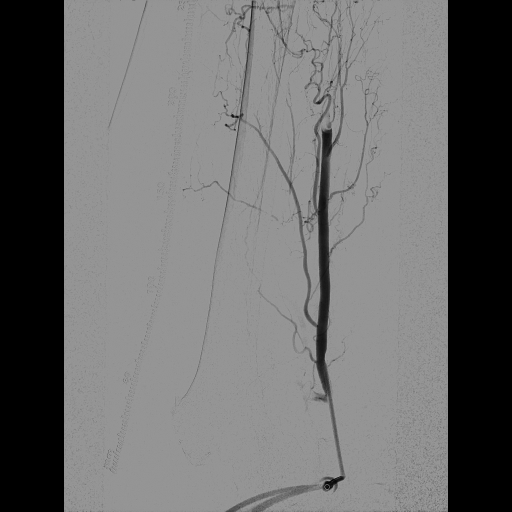Lots of interesting abstracts and cases were submitted for TCTAP 2023. Below are the accepted ones after a thorough review by our official reviewers. Don’t miss the opportunity to expand your knowledge and interact with authors as well as virtual participants by sharing your opinion in the comment section!
TCTAP C-158
Percutaneous Fogarty Arterial Thrombectomy for Acute Lower Limb Ischemia
By Taku Toyoshima, Osamu Iida, Shin Okamoto, Takayuki Ishihara, Kiyonori Nanto, Takuya Tsujimura, Yosuke Hata, Naoko Higashino, Sho Nakao
Presenter
Taku Toyoshima
Authors
Taku Toyoshima1, Osamu Iida2, Shin Okamoto1, Takayuki Ishihara1, Kiyonori Nanto1, Takuya Tsujimura1, Yosuke Hata1, Naoko Higashino1, Sho Nakao1
Affiliation
Kansai Rosai Hospital, Japan1, Daini Osaka Police Hospital, Japan2,
View Study Report
TCTAP C-158
ENDOVASCULAR - Peripheral Vascular Disease and Intervention
Percutaneous Fogarty Arterial Thrombectomy for Acute Lower Limb Ischemia
Taku Toyoshima1, Osamu Iida2, Shin Okamoto1, Takayuki Ishihara1, Kiyonori Nanto1, Takuya Tsujimura1, Yosuke Hata1, Naoko Higashino1, Sho Nakao1
Kansai Rosai Hospital, Japan1, Daini Osaka Police Hospital, Japan2,
Clinical Information
Patient initials or Identifier Number
S.K
Relevant Clinical History and Physical Exam
A 69-year old female was emergently admitted to our hospital because of the acute onset of intractable rest pain in her left lower extremity. The past medical history she had was atrial fibrillation and heart failure. She has been prescribed Warfarin as an anticoagulation therapy.
Relevant Test Results Prior to Catheterization
Ankle brachial index (ABI) was immeasurable and laboratory examination showed creatine kinase (CK) elevation. Computed tomography angiography revealed complete occlusion of the left middle superficial femoral artery (SFA) with poor collateral circulation leading to almost invisible infrapopliteal perfusion.
Relevant Catheterization Findings
She was diagnosed as acute limb ischemia (ALI) with Rutherford class IIb due to thromboembolic occlusion in left SFA and emergent revascularization was definitively indicated. However, vascular surgeon was in the middle of other surgery, making it difficult to perform surgical thrombectomy, we decided to perform percutaneous Fogarty arterial thrombectomy.


Interventional Management
Procedural Step
Under local anesthesia, ipsilateral and antegrade preclosing with a ProGlide (Abbott Vascular, Santa Clara, California)was performed, and a 16-Fr Dryseal sheath (W.L.Gore, Flagstaff, Arizona) was inserted from the left common femoral artery to SFA with an outer diameter approximately equal to the diameter of the proximal SFA evaluated by intravascular ultrasound (IVUS). After successful wire crossing with 0.035-inch guidewire accompanied by a support catheter (CXI, Cook Medical, Bloomington, Indiana),arterial thrombectomy using a 4-Fr Fogarty balloon catheter (Edwards Lifesciences, Irvine, California) was performed several times, and a large amount of massive thrombus was consequently obtained. The completion angiography revealed successful reperfusion of in-line flow from the SFA to the tibial artery. Complete hemostasis was achieved by tightening the preformed suture knot after removing the sheath, followed by manual compression. After revascularization, she was discharged on foot without any complications.






Case Summary
Although surgical thrombectomy is the first-line therapy for patients with ALI, patients with high perioperative risk from general anesthesia or in case vascular surgeon is unavailable, a percutaneous Fogarty thrombectomy maybe a less invasive and attractive alternative option for the treatment of patients with ALI.


